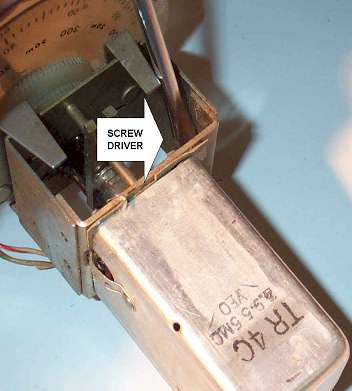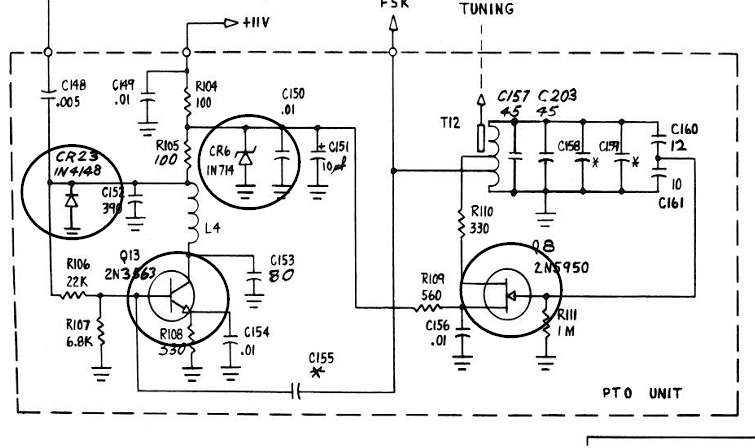Drake Home Page Drake Technical Tips Menu
![]()
|
DRAKE PTO TROUBLESHOOTING Written by: Mark Gilger, WB0IQK The following procedures applies to most of the tube PTO’s except the TR3 and early TR4’s. Mechanical: There are several things that can be done to improve the mechanical operation of the PTO.
|
|
|
|
Electrical Stability:
|
|
Electrical Failures:
|
 PTO COVER REMOVAL: In just about all cases, the cover to the PTO will need to removed and the PTO assembly removed from the unit.
|
 |